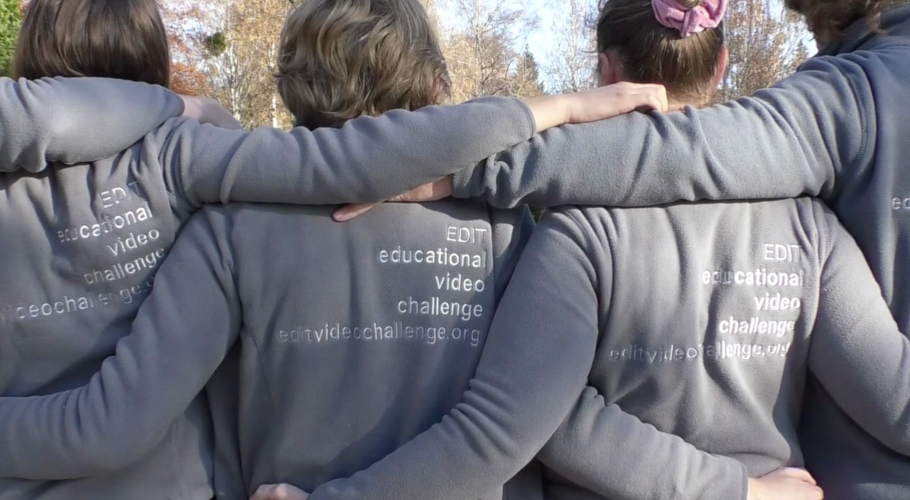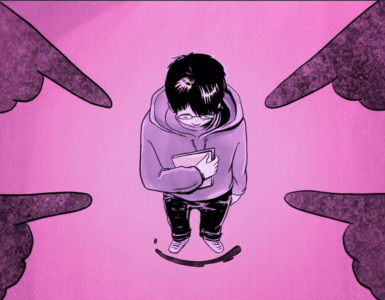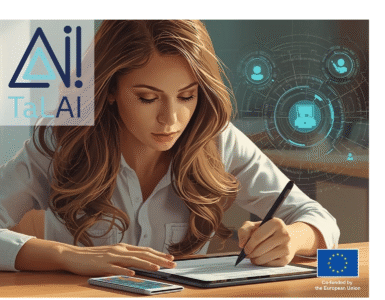The 6th EDIT – Educational Video Challenge was organised from November 20-28. The event took place both online and in several different countries at the same time. The challenge itself, the time frame, the learning material and the assessment process was the same for all the participating universities. Local coordinators and the international jury had been preparing the challenge for several months but the actual production of videos and jury process happened in just a couple of days. Some groups worked during their school hours, others during their free time. The EDIT 2019 award ceremony and the screening of the shortlisted videos was broadcast LIVE on Youtube from Linz, Austria. Several local audiences were watching the screening at the same time.
The people who participated in the EDIT challenge are mainly student teachers from different European universities but this hackathon model of video production is suitable for any field of education and learning. As well as these student teachers, EDIT challenges have also involved students from different study programs including audio visual communications, special needs education and social studies.
I have noticed that lecture captures, topical videos and how to-videos seem to be most common types of educational videos. EDIT participants, and educators and students in general are encouraged to use videos in versatile ways – videos can provide tools to move from teacher centric towards more student centric learning.
I think in the next few years we will see more video essay type of films or reflective pieces where the makers create a video of their own learning process. But there’s a challenge in that. The grammar of written text is pretty extensively taught throughout the school years. The language and grammar of video and the degree of media literacy required to really understand the language of video is still a fairly new thing for many teachers. How are videos seen and read? How can we utilise video in the best possible way for instruction, creating content, supporting and assessing student’s learning? How are technical and creative choices taken into consideration? These sorts of issues pop up all the time in EDIT.
In the EDIT challenge the participants and the jury have to understand the educational value of the video and how the video fits into a pedagogical process. But the technical and creative choices have to be considered as well – at a minimum they should not distract from the educational message.
The top scoring video dealt with stress management and was targeted particularly at young adults. This year the challenge was to take a piece of news or look at a current affairs topic and make an educational video inspired by it. Of course the key words revealed at the beginning of the challenge had to be used as well. This part of planning has also required us as organisers to engage in some creative co-operation while planning the event for students,.
I think one of the main reasons the winning video was received so well is that the makers of the video are part of the target group. This video is genuinely dealing with an issue they know and see in their lives. It’s surprisingly rare for EDIT challenge videos to deal with the makers own learning. The learner is more often described by video makers as someone they might teach. Since the majority of the participants are student teachers, it is quite normal for them to take on the role of teacher. But since we never see how this imagined learner or a target group receives the video, it’s hard to evaluate its educational value. But if the educational value is for the makers themselves then the learning feels much more authentic.
EDIT – Educational Video Challenge and Media & Learning Association have been cooperating for the past two years. Educational videos and teacher training in higher education institutions are a natural shared interest. The winners of the EDIT 2018 were invited to the Media & Learning conference 2019 in Leuven to host a screening of top EDIT 2018 videos and to share their experiences on an international forum. The EDIT 2019 winning team representatives will also be invited to the 2020 Media & Learning Conference.
Presenting student’s own creative work in an international conference is an interesting experience and it can be very eye-opening to be part of a larger community that shares an interest in working with videos in education. For university students this may be the first time they participate in an international conference. Probably many academics and experts still remember the first time they found an international community that shared a common interest. I think it’s great that the Media & Learning Association and EDIT can give this opportunity to several students.

Author
Janne Länsitie
Senior Lecturer
E-learning Advisor
Oulu University of Applied Sciences
School of Professional Teacher Education













